Most of us understand the value of planning and preparation. Whether it's a sports match or a big event, having a game plan in place is essential. However, when it comes to our daily lives, we often neglect the importance of planning. Starting our day without a clear plan can set us up for failure.
We may set goals for the long term, but it's what we do each day that ultimately leads to success or failure. The habits we adopt, the tasks we complete, and the things we prioritize compound over time and shape our outcomes. If we spend more days without intention than with purpose, we end up wondering where all our time went and why we haven't achieved our goals.
To avoid this, it's crucial to incorporate a daily planning ritual into our lives. This article will guide you through the process of planning your day, helping you achieve calmer and more focused productivity that brings you closer to your goals. While the actual planning session should only take 10-15 minutes, the strategies behind crafting a day with intention are worth exploring in full.
Make regular planning a habit
According to James Clear, the best-selling author of Atomic Habits, motivation is overrated. Instead of waiting for motivation or inspiration to strike, Clear suggests setting a schedule for your habits. Motivation flows from action, not the other way around.
That's why having a daily planning ritual is so important. Even on days when we feel tired and disengaged, approaching the day with a plan is crucial. Start by setting an alarm for your daily planning session at the same time every day. To make it easier to build the habit, associate your planning session with an existing activity, such as drinking your morning coffee or listening to music.
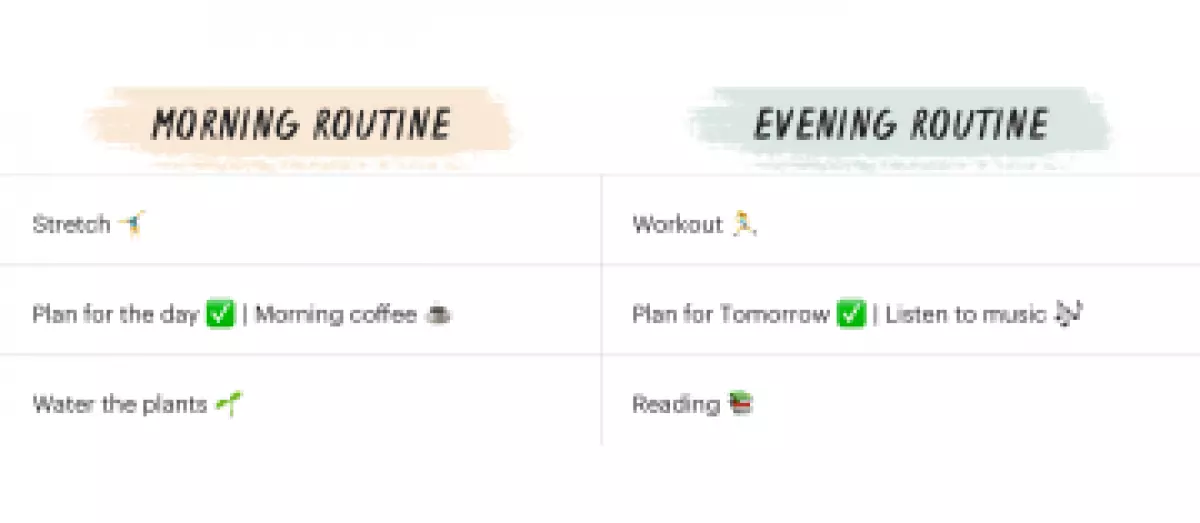
Use a to-do list app like Todoist to set a recurring task for your daily planning, or simply set an alarm on your phone. By making planning a habit, you'll feel more organized, focused, and motivated. Over time, it will become second nature.
Build your to-do list around your goals
Making a habit of daily planning is one thing, but ensuring that your plan aligns with your long-term goals is crucial. Here are a few steps to help you get there:
Step one: Break down your big goals
Break down your big goals into daily tasks. For example, instead of adding "Get in shape" to your to-do list, you can add specific tasks like "spend 30 minutes on my Peloton" or "go for a nightly stroll". When you sit down to plan your day, review your personal and professional goals and add tasks that move you closer to both.
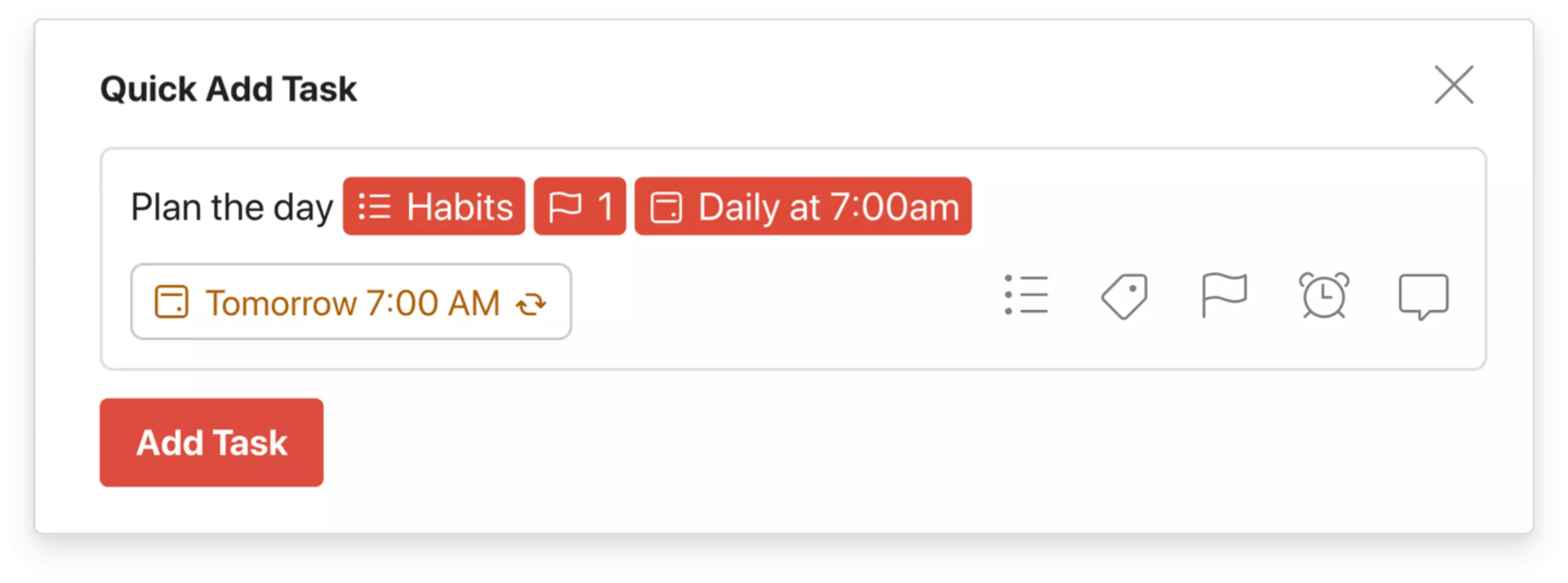
If you're struggling to create realistic to-do lists that reflect all your goals, you may have too many. It's important to avoid overextending yourself and focus on a smaller number of goals that are truly important to you. As a general rule, try to have no more than 5 big goals at once, and make sure to include a mix of short-term and long-term objectives.
Step two: Look at your week as a whole
Planning your day begins by considering your week as a whole. You likely have multiple goals and various tasks to accomplish, but only a limited number of hours in a day. Take the time to zoom out and lightly sketch your week on Sunday evening or Monday morning. Identify which goals you'll focus on each day, whether it's daily action for some objectives or concentrated effort a few times a week for others. By planning your week, you'll have a clearer understanding of how to structure your days and prioritize your tasks.

Step three: Add your 'have-to-do' tasks last
The common approach is to start planning with set appointments, mandatory meetings, and urgent deadlines, and then fit goal-oriented tasks around them. However, consider keeping these 'have-to-do' tasks for the end. By doing so, you'll be forced to fit these tasks around your goal-oriented ones, ensuring that your priorities remain focused. While it's important to address necessary tasks, make sure they don't take over too much of your time and energy. Evaluate recurring meetings, delegate responsibilities where possible, and learn to say "no" when necessary.
Have one daily priority
Many of us start our mornings with a long list of tasks, only to realize at the end of the day that we haven't accomplished any of them. To counteract this, choose one big task to focus on each day.
You may wonder how you can achieve all your goals by focusing on just one task per day. In their book "Make Time: How to Focus on What Matters Every Day", authors Jake Knapp and John Zeratsky discuss the concept of the "Highlight". They suggest choosing a single activity each day to prioritize and protect in your calendar.
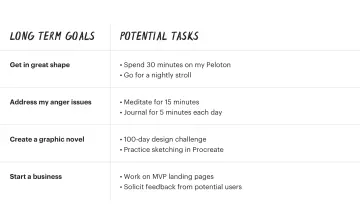
If you struggle to determine your daily priority, consider this simple heuristic: Choose the task that, if completed, would make you feel the most accomplished at the end of the day.
By focusing on one significant task each day, you'll experience a sense of accomplishment that can lead to tackling other tasks as well. Use a task manager like Todoist to mark your daily priority as high and move it to the top of your list.
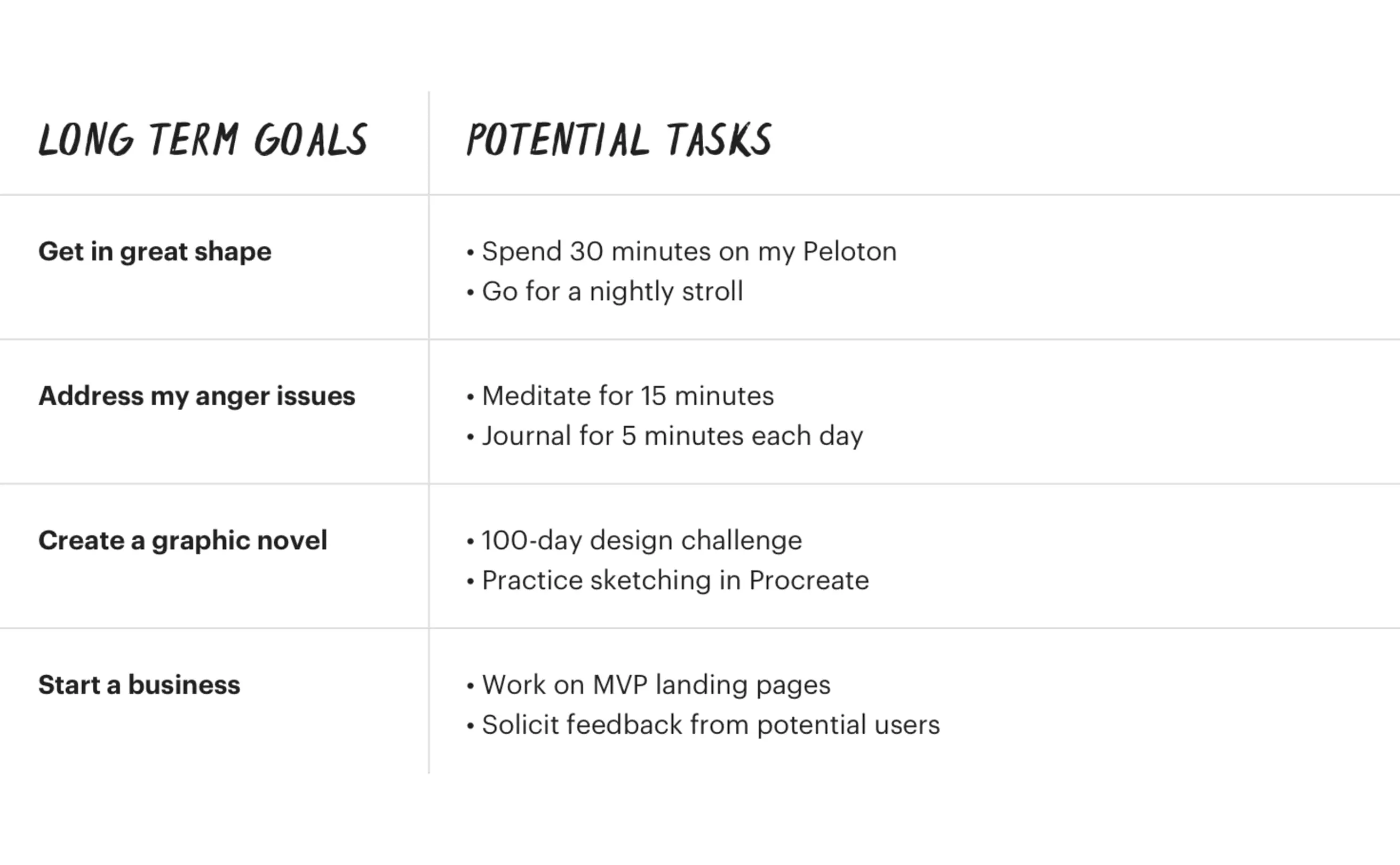
Alternatively, if you prefer pen and paper, simply highlight or underline the most important task on your to-do list. Regardless of the tools you choose, prioritize your tasks effectively.
Plan your day with a productivity method
A productivity method can be both an effective way to get things done and a strategy for planning your day. Here are a few popular productivity methods you can choose from:
Eat the Frog
The Eat the Frog method encourages you to identify one important task and do it first. This method is useful for tackling tasks that you may be inclined to avoid. By addressing this task right away, you prevent yourself from procrastinating. During your daily planning session, place your "frog" task at the top of your to-do list and assign a specific time for it. Then, list your other tasks below.
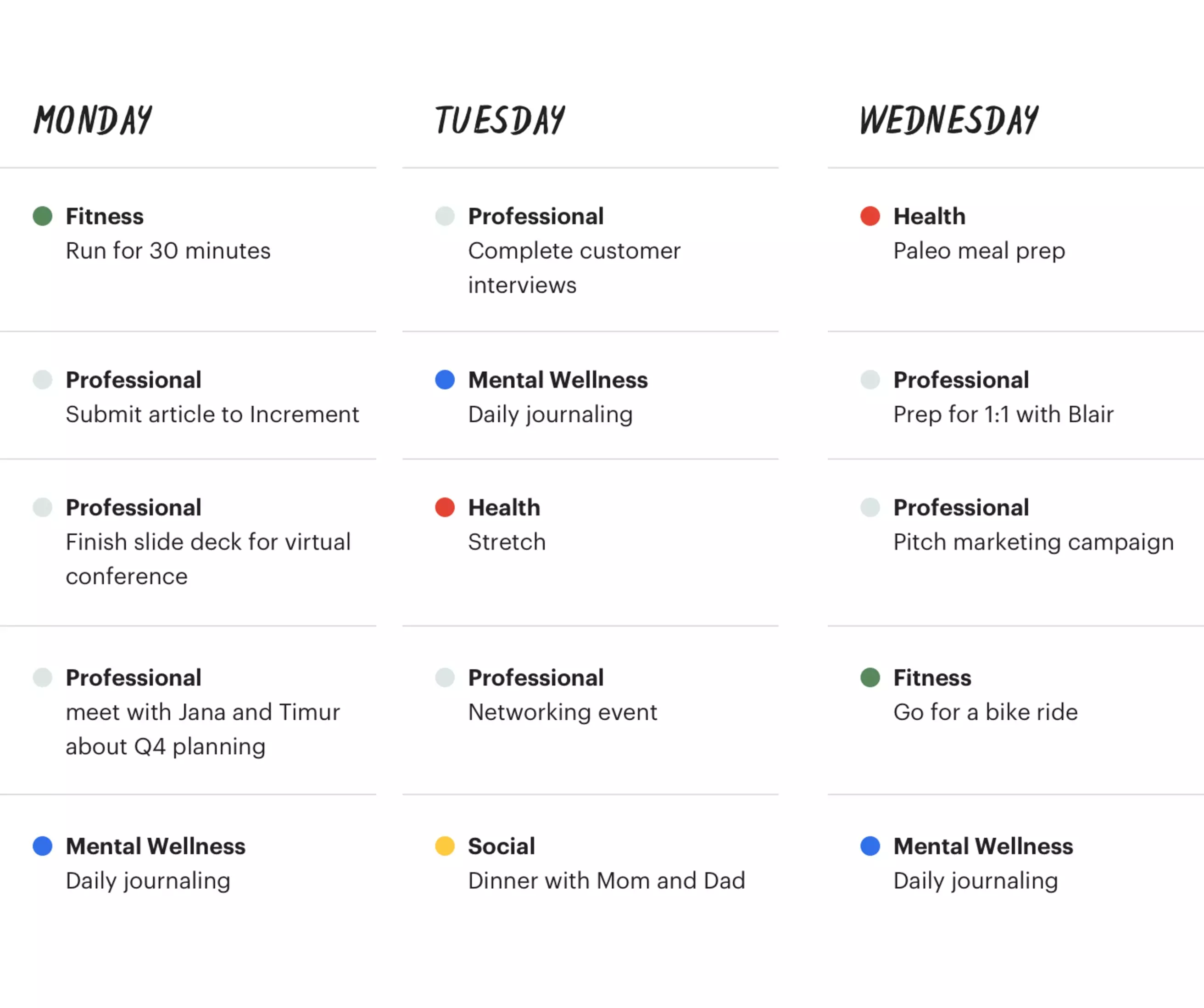
Pomodoro Technique
The Pomodoro Technique is ideal for those who work best in short focused sprints with frequent breaks. Developed in the late 1980s by Francesco Cirillo, this method involves working for 25 minutes and then taking a 5-minute break. After four intervals, take a longer break of 20-30 minutes. Estimate how many 25-minute work sessions you'll need for each task on your to-do list and note that number in front of each task. This method helps you consider how long your work will take and plan accordingly.
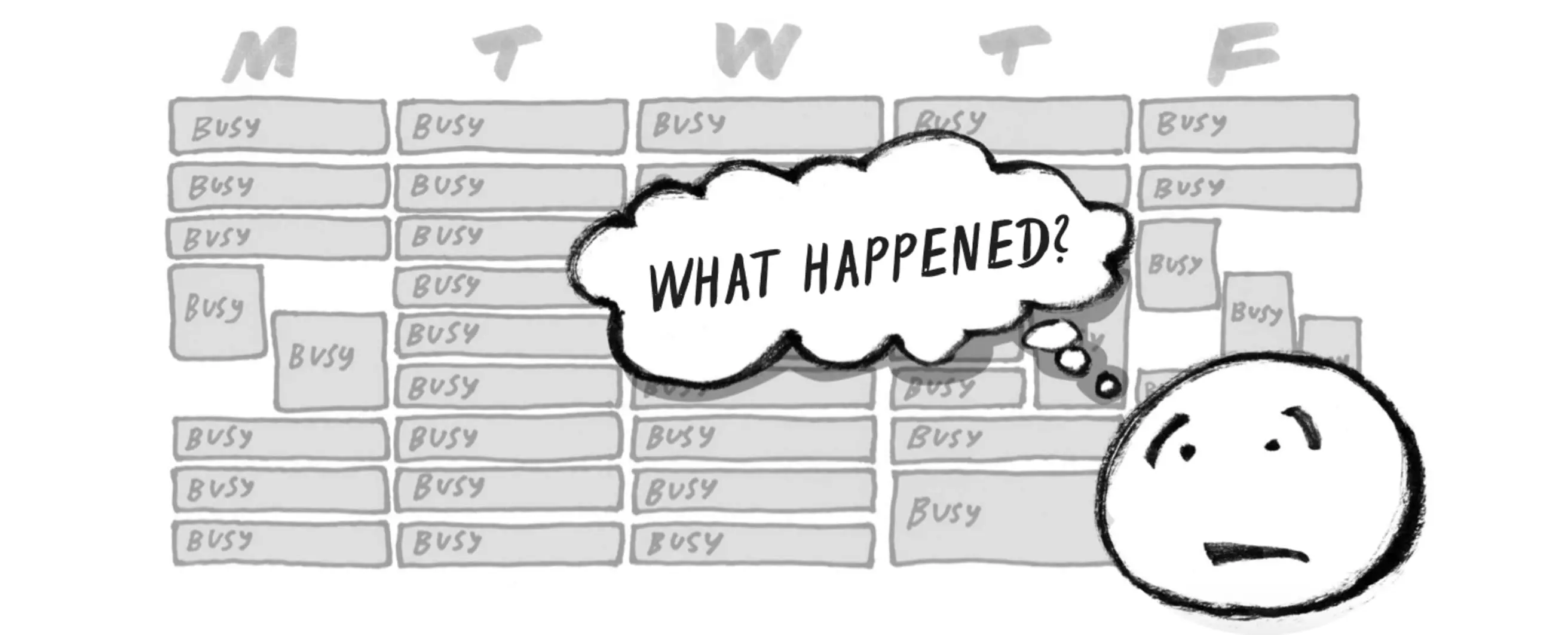
Time Blocking
With the Time Blocking method, divide your day into distinct blocks of time dedicated to specific tasks. This method allows you to work without distractions and focus on completing specific tasks within each time block. Estimate the time needed for each task, including breaks and lunchtime, to create an accurate schedule. Make adjustments to your plan as you move through the day, as tasks may take more or less time than anticipated.

Eisenhower Matrix
The Eisenhower Matrix helps you prioritize tasks based on urgency and importance. It consists of four quadrants: Urgent and Important, Not Urgent and Important, Urgent and Unimportant, and Not Urgent and Unimportant. Assign your tasks to the appropriate quadrant and act on them accordingly: complete urgent and important tasks immediately, schedule tasks that are important but not urgent, delegate tasks that are urgent but not important, and delete tasks that are neither urgent nor important.
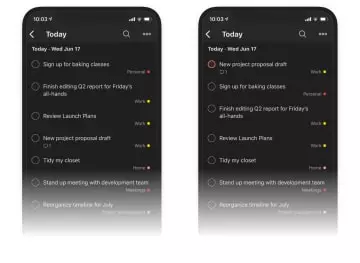
Choose the productivity method that aligns with your working style and preferences. Experiment and find what works best for you.
Choose your planning tool
Having decided on your approach to daily planning, now it's time to select your tools. Here are some popular options:
A to-do list app
Digital task managers like Todoist are ideal for tech-savvy individuals who prefer keeping everything in one place. These apps allow you to seamlessly move tasks from day to day, organize documents and links with your tasks, and have a searchable record of everything you've done. Todoist offers features like reminders, labels, filters, comments, and file uploads, making planning your day easier.
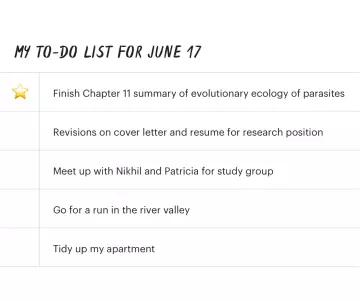
A digital list
If you prefer a less specialized tool, you can use a notes app, a word processing app, Google Sheets, or Excel for your to-do list. These options offer flexibility and customization, allowing you to organize your tasks in a way that works for you.
A digital calendar
Calendar apps like Apple Calendar, Google Calendar, Fantastical, and Woven are perfect for planning your day alongside your appointments and events. You can even use a productivity method like time blocking with your digital calendar to estimate how long each task will take. Digital calendars are accessible on the go, making them convenient for planning on both web and mobile.
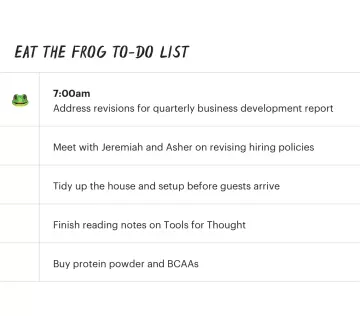
A paper planner
For those who prefer pen and paper, a notebook, daily agenda, or specialized planner can work well. Use a dedicated page for each day, marking the date at the top. You can also opt for gridded notebooks or planners that offer more structure and organization.
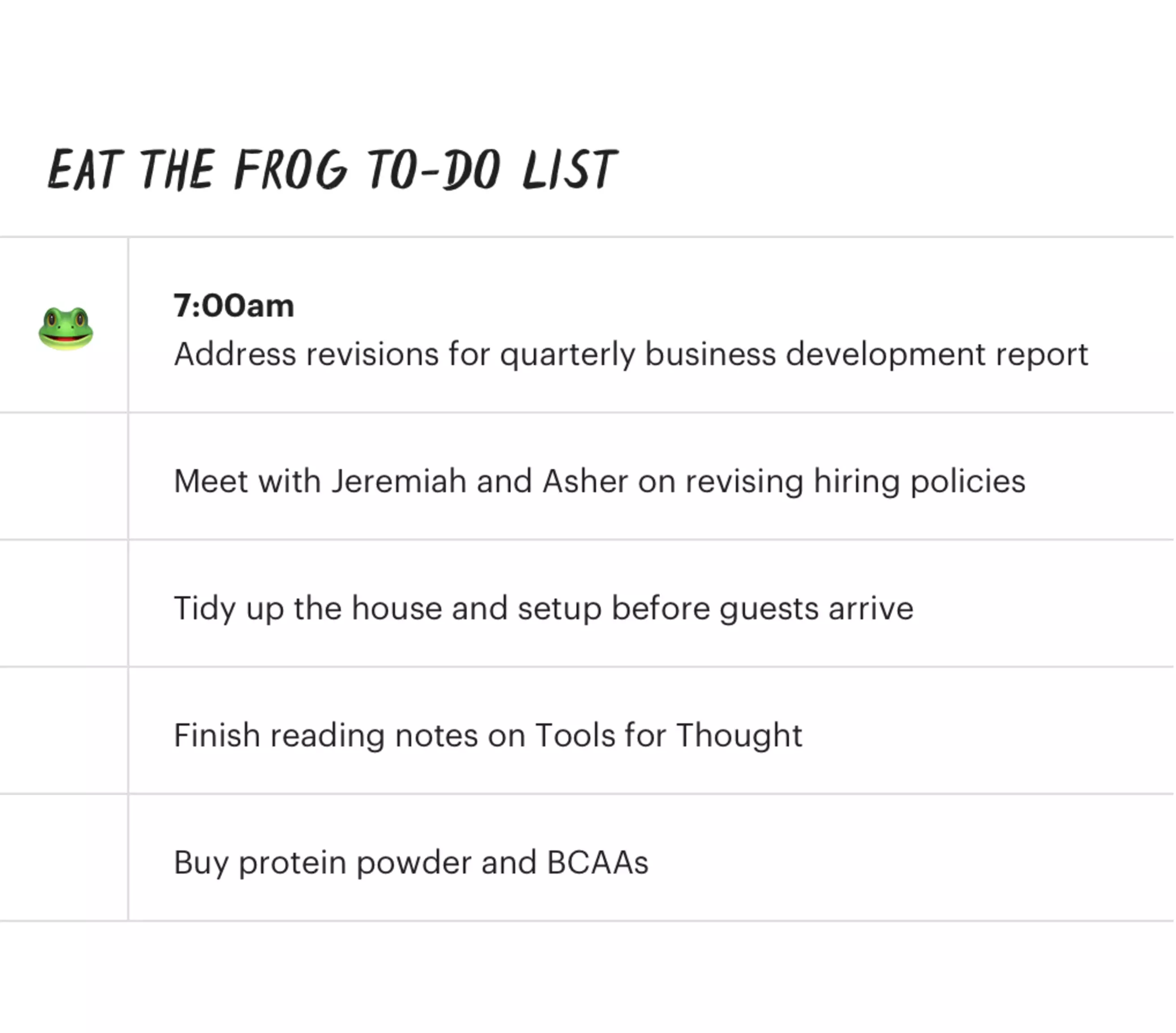
A digital and paper hybrid
You can also combine digital and paper tools to create a hybrid planning system. For example, you can use a digital tool for professional tasks and a planner for personal tasks. Alternatively, you can plan your day on paper and transfer tasks to a digital tool at the end of the day for easy reference. Find the combination that suits your needs and preferences.
How to stick with your daily plan & course-correct when needed
Even with a solid plan, it's challenging to complete all our tasks in a day. Distractions and unexpected tasks can throw us off track. However, these setbacks should not discourage us from planning our day. Here are some strategies for sticking with your plan and course-correcting when things go astray.
Eliminate distractions
Eliminate common distractions that hinder your focus. Keep your desktop clean, close unnecessary tabs, silence your phone, and turn off notifications. If social media is a distraction, consider using a site blocker to make it inaccessible during work hours.
Track your time
Track your time to understand how you're using it. Automatic tracking apps like Rescue Time can help you evaluate your productivity and set goals. By tracking your time, you'll gain insight into how effectively you're using it.
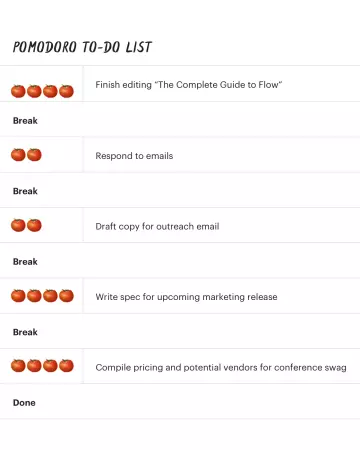
Try hourly check-ins
Regularly check in with yourself to stay mindful of your focus throughout the day. Set a timer to remind yourself to refocus and assess your progress.
Readjust your plan
Sometimes unexpected tasks arise that cannot be ignored. When this happens, take a few minutes to readjust your plan. Reschedule tasks or move them to the following day. Work off your new plan to ensure you stay on track.
Get to "To Do List Zero"
Strive to reach "To-do List Zero" every evening. Complete as many tasks as possible, even if you couldn't finish them all. By doing so, you'll avoid feeling overwhelmed and start each day with a clean slate.
Reflect regularly
Regularly reflect on your planning process and its effectiveness. Consider whether your approach is helping you achieve your goals. Ask yourself questions like:
- Are my days calm and intentional or stressful and haphazard?
- Did I complete all my daily planning sessions or skip some?
- Do I feel accomplished at the end of most days?
- Am I prioritizing my high-priority tasks effectively?
- Am I on track to meet my long-term goals?
- What made a particular day more productive than others?
- Why did I accomplish nothing impactful on a given day?
Through honest self-reflection, you can fine-tune your daily planning process for better results. Experimentation may be necessary to find the methods and tools that work best for you.
When planning your day, prioritize consistency and flexibility over perfection. Show up consistently and chip away at your tasks day by day. Productive days lead to productive weeks, months, and years. With intentional planning, there are no limits to what you can achieve.

















